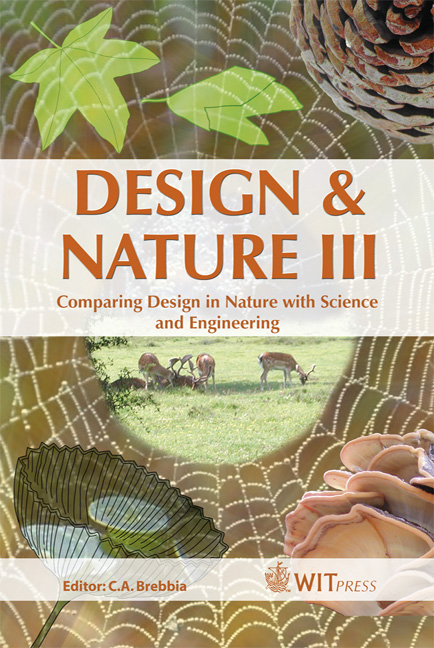A Graphic Way For Notch Shape Optimization
Price
Free (open access)
Transaction
Volume
87
Pages
9
Published
2006
Size
3,718 kb
Paper DOI
10.2495/DN060021
Copyright
WIT Press
Author(s)
C. Mattheck, J. Sörensen & K. Bethge
Abstract
Many components have notches and notches are in the majority of cases the reason for failure. There are many options to reach a longer lifetime and a better utilisation of material. One method for the shape optimization of components, developed in Forschungszentrum Karlsruhe, uses the design rules of nature. During the last 15 years it has spread very well and proven itself in industry, especially in automotive engineering. The limits for using the CAO-method (Computer Aided Optimization) are more or less of an economic nature. So we need a method that allows optimization by everybody. Now a new pure graphical method has been found, which works without any FEM or optimization software. It is called the \“Method of Tensile Triangles” and requires only a set square and a piece of paper to optimize the notch shape in an effective and simple way. Keywords: optimization of components, design rules, fatigue, graphical methods. 1 Introduction It is of constantly increasing significance for industry to save time and money in order to produce more efficiently. The time to construct or modify components becomes shorter and shorter at the end of a development phase. Consequently, it is not always possible to apply complex, FE-based optimization methods. Such methods are mainly and justifiably used in special problem cases or highly loaded areas. The CAO method (computer-aided optimization) [1] eases problematic points, but often requires several iterations. In case of complex components, use of the CAO method together with FEM analyses is associated with the need for computing capacity and time.
Keywords
optimization of components, design rules, fatigue, graphical methods.





